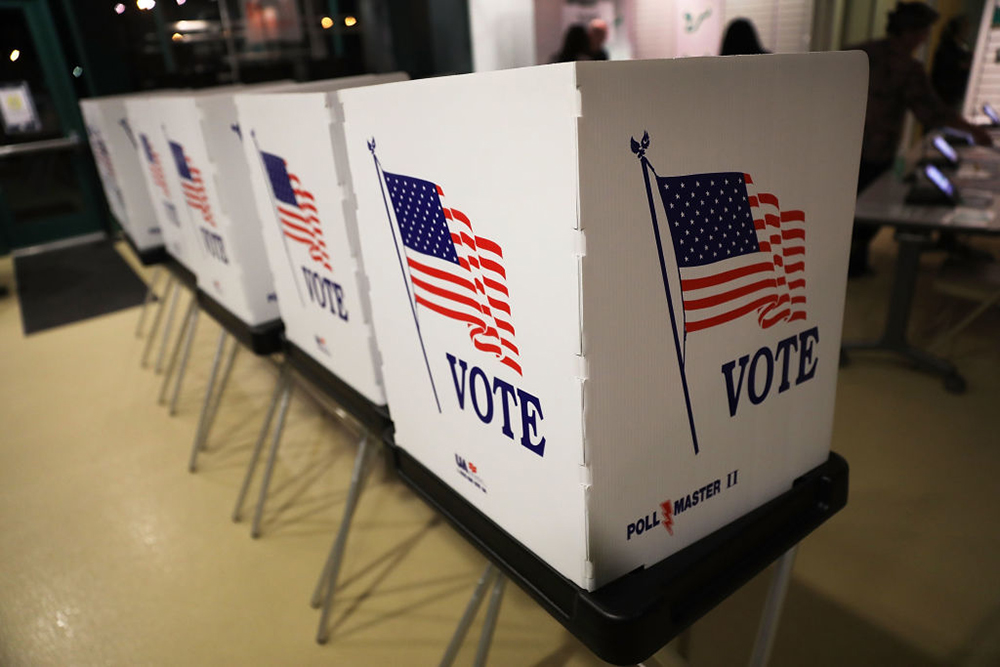Amazon’s HQ2 auction is finally over.
On Tuesday, the internet retailer announced that its search for a second headquarters has ended, with Long Island City in Queens and “National Landing,” Virginia, a conglomeration of Washington, D.C. suburbs, selected as sites for its big expansion. The company is promising to bring tens of thousands of jobs to the two areas, along with billions of dollars from direct investments and a broadened tax base from its new, highly-paid workforce. The company also announced a smaller expansion in Nashville, Tennessee.
However, there’s a catch: Both Virginia and New York offered Amazon monetary incentives in an attempt to win HQ2, as it’s known. Until now, the public — and even some lawmakers in those states— had no idea what those incentives were. And it’s ultimately low-income residents in both places who will pay the biggest price.
Get TalkPoverty In Your Inbox
Amazon’s announcement included the news that it will receive $1.5 billion in tax breaks from New York, and another half a billion from Virginia, along with promises from both states to make significant infrastructure improvements. As a result, each new job that Amazon brings will cost these cities tens of thousands of dollars.
Depending on which analysis you look at, cities and states in America spend up $90 billion annually on corporate tax incentives. That category of spending has more than tripled since 1990. The theory at work is that incentives are an investment in corporations creating jobs and boosting local economies.
The evidence backing up that theory, though, is thin. In fact, most studies have found that corporate tax breaks have little to no effect on job creation or economic growth, because they mostly encourage shifting jobs from one locale to another without creating any new economic activity. (Think, for instance, of a worker who leaves her current job to take one at Amazon, or moves from Amazon’s Seattle headquarters to Long Island.) What these tax breaks really stimulate is politicians’ efforts to get re-elected, as doling them out is correlated with rising vote shares.
The secrecy surrounding the effort to woo Amazon adds insult to that injury. 238 cities responded to the corporation’s initial request for proposals. Only a few of them made what they offered Amazon public. Reporters and activists in several cities took their local governments to court in an effort to ascertain what they promised Amazon.
The secrecy even extended to local elected officials.“My understanding is the public subsidies that are being discussed are massive in scale,” a New York state senator who represents Long Island City said to CNN before Amazon’s announcement.
New York’s incentive package was overseen by the state’s development office, with Democratic Gov. Andrew Cuomo promising to go to great lengths, including naming both a polluted creek and himself after Amazon, in order to secure HQ2. Already, New York spends more on corporate tax breaks than any other state, including $8.25 billion in 2015.
That officials promised a private corporation unknown amounts of taxpayer money is troubling on its face, and prevented activists and elected officials from organizing against specific proposals. But it’s also problematic because every dollar that winds up going to Amazon is taken from programs that are designed to help the area’s residents more directly.
Since most states have balanced budget requirements, the money spent on Amazon can’t be spent on education, health care, infrastructure, affordable housing, or the host of other responsibilities of local governments. (For instance, the entire annual budget of the Virginia Department of Housing and Community Development is about $150 million — less than one-third of what the state offered to Amazon.) And other corporations have said they want the same deal Amazon received, which would strain budgets even more as states promise ever-bigger sums to major corporations.
Plus, the influx of money and people that Amazon brings will exacerbate inequality in the New York and D.C. areas, which are already some of the most economically unequal in the country. According to the Urban Institute, D.C.-area rents have risen by about 10 percent since 2011, and the median house price is now north of half a million dollars. Per that analysis, “the challenges of rising affordability pressures and lengthening commutes will intensify, and more households will experience hardship” with the influx of Amazon money and workers.
Even before Amazon made its announcement, D.C. was facing a housing deficit of tens of thousands of units, while Arlington County, Virginia, has seen its affordable housing stock plummet by 90 percent over the last two decades. New York is facing similar concerns. Though the effect will be more muted than it would have been in some smaller cities, it will still be significant.
Already, other cities have experienced the downside of being home to big tech corporations that stress local housing markets, including Seattle, Amazon’s main home. An effort to tax big corporations there in order to raise funds to address the lack of affordable housing was defeated thanks to opposition from Amazon.
In many ways, the Amazon HQ2 process has been a charade. After gathering data on hundreds of cities, Amazon wound up going with the home of Wall Street and the home of America’s government, two advantages no amount of money could buy.
Meanwhile, struggling cities across the country were led to believe that an economic renaissance could be headed their way, and spent time and money trying to win something they possibly never had a chance at to begin with, instead of expending those resources on the people they are supposed to serve. The whole thing should be a national embarrassment.










